Speaker
Description
The design and safety assessment of nuclear installations and experimental setups are nowadays backed by accurate simulations, performed by dedicated numerical methods capable of representing the relevant physics involved. More specifically, the plethora of phenomena that come into play in these facilities should be analyzed from both the microscopic point of view, which in turn is related to the actual nuclear interactions, and the macroscopic scale, which is more connected to the engineering perspective of the plant installation. When dealing with neutronics studies in which the transport of neutrons and photons is the key objective, the microscopic scale is related to nuclear data and their evaluation, while the macroscopic level is connected to the actual engineering components.
In the past decades, a large collection of numerical solvers has been developed to address all the relevant physical problems ranging from these two different views. Moreover, each nuclear installation requires a peculiar and very demanding certification procedure, that justifies the need for costly verification and validation activities. This means the actual knowledge of the physical phenomena and the actual validity of their potential numerical representation is graved in the source codes.
At the same time, it may be noticed that the numerical software representation of a given problem may not be immediately understandable from an analyst interested purely in the final observable quantities. The principal reason is that the solver relies to a certain extent on a specific discretization of the equations governing the physical phenomena and their numerical stability with a given algorithm, while the analyst is typically interested in the real components of the system. Tackling the issue of connecting these two worlds is the main goal of this presentation.
Restricting the analysis purely to neutron and photon transport in fission (PWR and BWR) and fusion (tokamak and neutron generator) facilities, the presentation will focus on the software architecture options to develop efficient yet flexible solutions to decouple the development of simulation platforms. The analysis will be based on the application of systems engineering practices to capture relevant user needs and on the separation of responsibilities between the frontend and the backend. When constructing the potential software layers stack, special attention will be devoted to the object lifecycle, the ownership of data objects, and the implications of different choices. Eventually, some examples of specific problems (e.g. geometry and representation) will be proposed to provide insight into the effect of software architecture design choices on real cases.
| Scientific Topic 2 | Code status, development and model converters |
|---|

